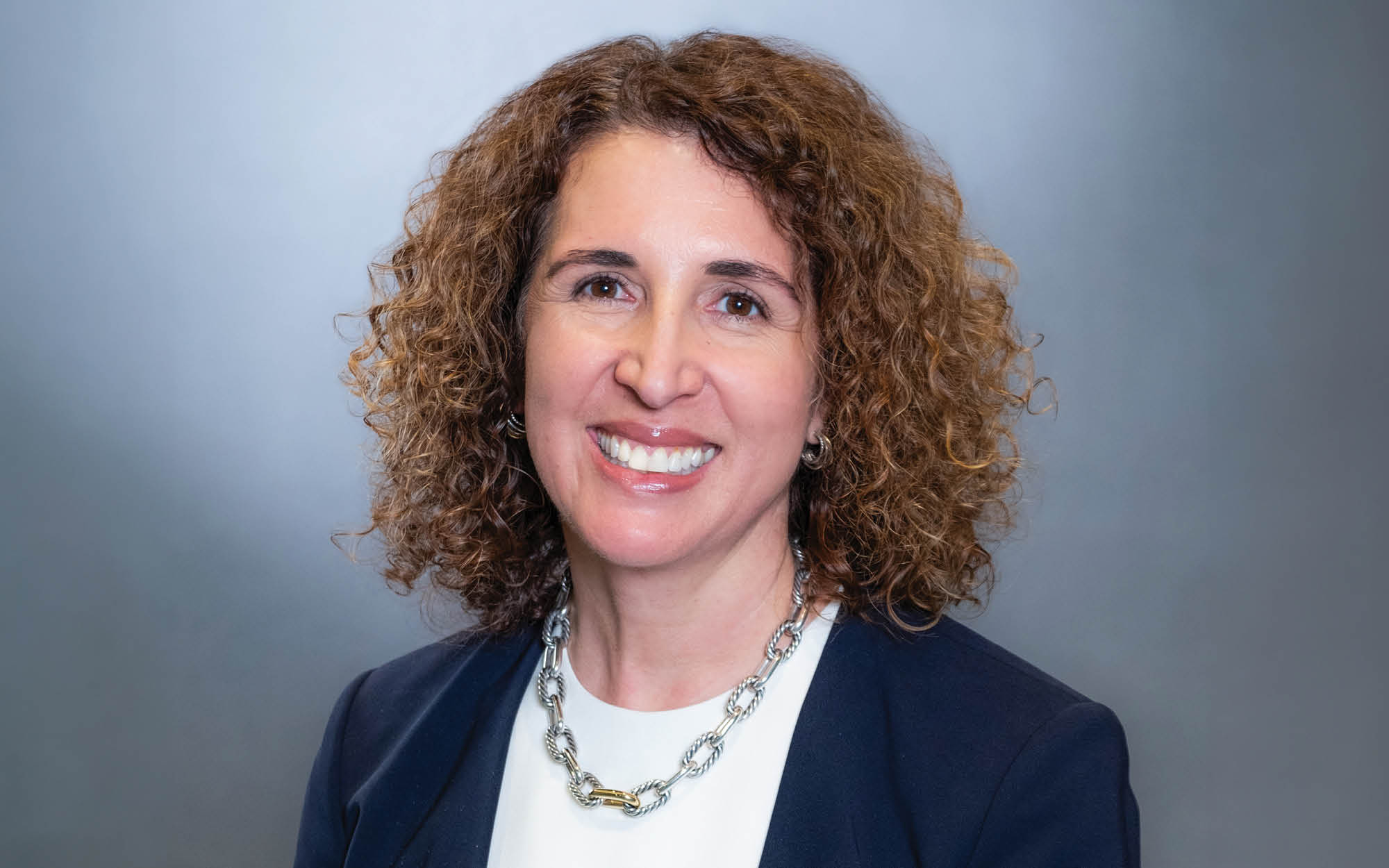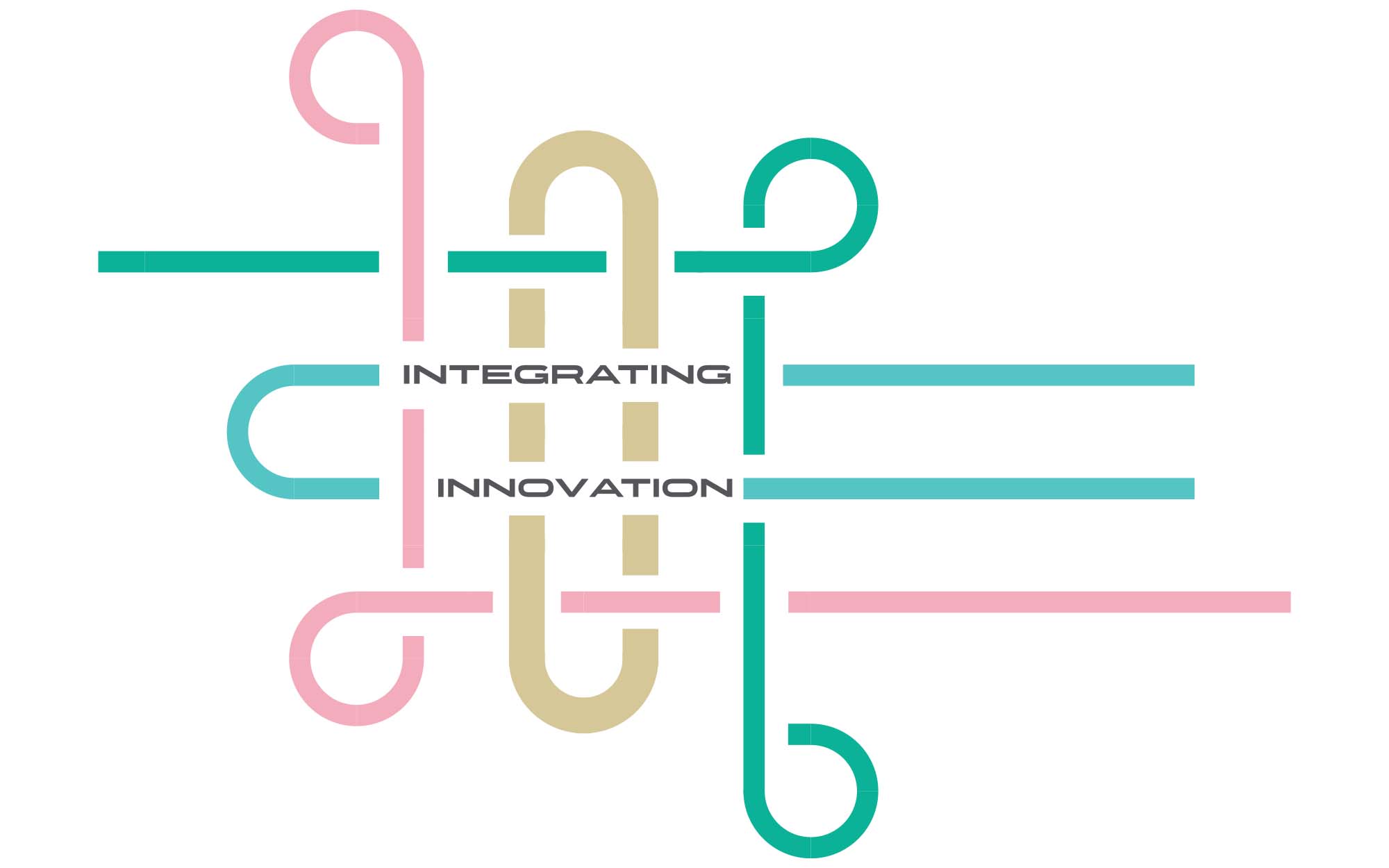Artificial intelligence (AI) is the hottest new tool out there, and while its operational use cases are less flashy than customer-facing solutions, its effects on the back office could be profound. That said, as AI is still a work in progress, many community banks are taking baby steps for now.

There are plenty of potential uses in the back office. Generative AI tools can summarize a bank employee’s work week, highlighting actions not yet completed and even suggesting important topics to address with a supervisor, says Barb MacLean, head of technology operations and implementation for $3.75 billion‑asset Coastal Community Bank in Everett, Wash.
A long-time user of automation, Coastal has not yet rolled out AI extensively in the back office but continues to experiment with AI for tasks that can help employees work more efficiently.
MacLean is dabbling with AI to test how it can help Coastal’s employees understand the bank’s policies and procedures. Employees might consult an AI-enabled search interface to make sure an activity should be greenlit, given rules and regulations and/or the bank’s own policies.
Artificial intelligence and automation in the back office may not be as headline‑grabbing as robotic tellers, but they can nevertheless be game changers. Community bankers are viewing AI and automation as a much-needed assist, largely due to the pressing problem of a shortage of skilled labor, as well as mounting pressures to do more with less.
“[My goal is] to free employees from toil, so they feel directly aligned to the purpose of serving whatever customer constituency they’re serving.”— Barb MacLean, Coastal Community Bank
Back-office benefits
Gilles Ubaghs, strategic advisor, commercial banking & payments, for Datos Insights, is convinced that banking, especially within the back office, could be “one of the fields that’s most impacted by generative AI.”
Even so, he advises banks to tread carefully: “The last thing any bank wants is to unleash something into the wild that’s going to create problems for customers.” He favors a “co-pilot approach,” where human beings are always in the loop and overseeing whatever machines do.
Community banks, says Ubaghs, “aren’t looking for the Terminator, they’re looking for Robocop.” In other words, they want “something that can do a lot of the work, but they want the human component [with their customers], too.”
Seven years ago, Citizens Bank of Edmond in Edmond, Okla., went paperless, a move that laid the groundwork for today’s back-office shift towards automation and AI, says president and CEO Jill Castilla.
The tipping point for employee acceptance, recalls Castilla, came only after finding a technology champion, in this case an unlikely one: Euellene Kiespert, a switchboard operator who was 80 years old at the time. Euellene, who has since passed, championed a new phone system that the community bank implemented.
“Euellene told everybody, ‘This is the best thing ever,’” says Castilla. “And everyone figured, ‘If Euellene can embrace it, I can handle it, too.’”
Building on past successes, Citizens Bank—which, along with its digital offering, Roger Bank, has $380 million in assets—has now begun automating workflows, thereby reducing errors. The community bank is even using AI to reduce fraud and improve compliance.
Castilla notes that roughly two out of every three online account-opening applications at Citizens and Roger are invalid. It would take “around a dozen people to do the work that [automation and AI] do today when it comes to identifying suspicious
account-opening activities,” she says. Thanks to the latest tech tools, only one Citizens employee reviews applications flagged by machines, while also overseeing particularly complicated, high-risk behaviors.
Exploring use cases
Big Stat
30%
of a bank employee’s time is spent on mundane or repetitive tasks
Source: HuLoop Automation
Mickey Marshall, regulatory counsel for ICBA, points out that community banks fall along a broad spectrum when it comes to embracing AI and automation. “Some are enthusiastic,” he says, “and others are skeptical, taking a wait-and-see approach.”
Marshall notes that an excellent first step would be to keep it simple. Try using ChatGPT or similar generative AI apps to design marketing materials, write drafts of sales emails or summarize meeting notes.
He also suggests that for community banks employing IT staff, generative AI might assist in writing code, since time savings here can be enormous. For example, according to McKinsey, software developers using AI to document code can complete a task in 50% to 55% of the time a human needs to perform the same task, while AI‑assisted developers can generate code in 55% to 65%.
Todd Michaud, CEO of HuLoop Automation, an AI-based intelligent automation platform designed for community banking and adjacent financial services industries, estimates that over 30% of a bank employee’s time is spent on mundane or repetitive tasks.
“Most banks are trying to do some type of belt tightening,” he says, “and that 30% is a large problem that banks would love to solve.”
One area where AI can help is extracting data from the wealth of files in use at a bank—everything from PDFs to Word to Excel—and then publishing that data inside a loan origination system.
More importantly, though, AI can solve age-old dilemmas that have stubbornly resisted solutions, says Michaud. Think of the efficiency experts of yesteryear, counting steps and mapping out better processes for employees. HuLoop has a data-driven diagnostic tool that can measure employees’ keystrokes, mouse clicks and the frequency of use of particular apps. The tool, he explains, “captures all the disparate ways work is being done within a business function.”
HuLoop interprets the data it has collected, searching for repetitive activities that might be automated or areas where additional training could add value. Its tools not only offer prescriptive recommendations; they also give numerical estimates for
productivity gains and the associated cost savings.
Shifting the culture
Charles Potts, ICBA chief innovation officer, points out that automation and even AI have been part of banking since the early 1990s.
“Just think of fraud detection and credit scoring tools,” he says, pointing out that both rely heavily on predictive AI.
For Potts, though, community bankers need to present emerging tech tools with care. “Employees who may fear for their jobs are not always going to expose where redundant, labor-intensive tasks that are rife for automating may be,” he says.
He also emphasizes that to reimagine loan originations or account processing, employees must believe the exercise is “not about replacing existing staff. It’s about freeing up employees to do more important, more valuable things.”
Demonstrating to employees that AI can make their jobs more fulfilling is an imperative for MacLean at Coastal Community Bank. Her goal is “to free employees from toil, so they feel directly aligned to the purpose of serving whatever customer constituency they’re serving.”
With AI and automation poised to transform how bank employees work, there’s a strong case to be made for the back office as the true frontline for digital transformation.
“From a community bank standpoint, our differentiator is the human interaction,” says Castilla. “So, when I think about AI and how it can best serve my institution, it’s in the back office—and the possibilities are endless.”
Knowing the risks of AI in the back office
Using AI and automation in the back office may seem safer than unleashing it on customers, but caveats exist. Here are some risks every banker should understand:
Security. Before employing any new technology, ICBA’s regulatory counsel Mickey Marshall reminds bankers to ask: “Am I sure this software is secure?” Barb MacLean, Coastal Community Bank SVP, head of technology operations and implementation, agrees. “The biggest risks we think about are data privacy and security,” she says. She notes that the back office is a repository for both personal and corporate information, all of which must be carefully safeguarded.
Incomplete (or misleading) results. Marshall believes that AI tools may someday be an enormous boon for summarizing lengthy banking rules and regulations. Today, though, he’s finding these tools far inferior to human reviewers, because the synopses tend to “leave out some pretty salient details.” ICBA chief innovation officer Charles Potts cites a related problem, what’s known in the programming world as “garbage in, garbage out.” He emphasizes that bankers need to know what results they’re hoping to achieve, because poor set-up will yield disappointing results.
Vaporware. This is software or functionality that a company may advertise but that is not yet available to purchase—and is sometimes abandoned. “Salespeople are putting ‘AI’ in all their pitches, so beware of vaporware,” says Gilles Ubaghs, strategic advisor, commercial banking & payments, for Datos Insights. He warns bankers to remember that “not all generative AI is created equal,” and “there’s a bit of a gold rush out there right now.” As always, due diligence is critical.






